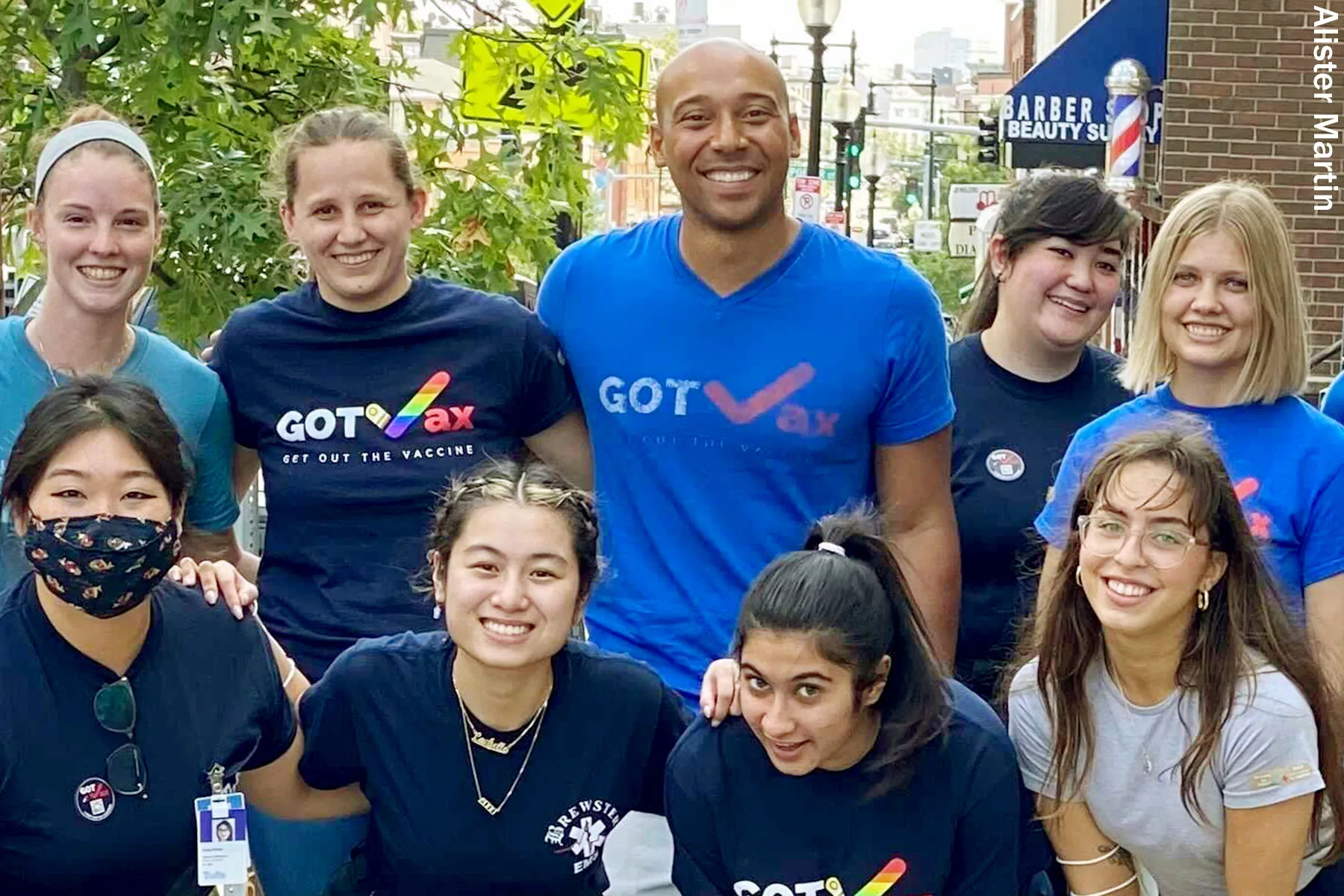The Dangers of Vigilante ‘Justice’
Last week, the House approved the Emmet Till Antilynching Act, making lynching a federal crime. But, deeper roots of White Supremacist vigilantism still need to be confronted, writes Kim Crowder, a workplace diversity consultant.

Trayvon Martin is a name that will never be forgotten. A little more than 10 years ago, a 17-year-old Black boy was murdered by a man claiming self-defense on behalf of vigilante “justice.”
It was a case that is still a source of pain and, frankly, feelings that the failure to convict George Zimmerman was deeply unjust.
It was one more tragedy in a history in which white men felt free to murder Black boys and men, without consequence.
It is a history of “vigilante justice” that connects the death of Emmett Till with the murders of George Floyd, Breonna Taylor, Trayvon, and most recently, Ahmaud Arbery.
The roots of vigilante “justice” in the United States have always been about power and less so justice. As a nation, that desire to control is directly tied to acts such as slave catching and lynching.
These murders and crimes are specific to Black and Brown peoples in this country and have been accepted as normal. This is evident in the villainous depiction of Black and Brown people in the news.
Media and law enforcement often seek to discredit the Black victims of vigilante crimes and police violence as an excuse for brute force reserved for us, though not enacted upon white bodies in those same instances.
Black and Brown folks experience it when white people depict us as angry in the workplace, hold their belongings tighter when we are in elevators, and cross the street to avoid us at night. It is part of American culture and tradition to paint our bodies as evil, deserving of deadly punishment.
Laws like Florida’s Stand Your Ground act and citizen’s arrest laws in other states carry on a legacy that is afforded explicitly to white men as the “justice-seekers,” in hunt of bodies they believe are lesser than, inherently evil, and that do not belong in their spaces.
This month, the Emmett Till Antilynching Act was passed by lawmakers. The act addresses the legacy of vigilante “justice” in the United States, making lynching a federal crime. This comes 67 years after the murder of the laws’ namesake, and hundreds of years after the first recorded racial lynching in 1877.
But how effective will it be against modern “lynchings” like the crime against Ahmaud Arbery?
The video evidence of the murder that finally came to light helped to convict the defendants. But what about those enacting vigilante justice off-camera, who can excuse their actions as self-defense?
Also, citizen’s arrest laws vary from state to state, and hate crimes have been notoriously challenging to prove. These issues exhibit barriers for convictions in cases moving forward, primarily since the proof of hate crimes is relegated to outward acts of racism, specifically tied only to that individual act.
We know that the hate that leads to these crimes is often pervasive in nuanced ways throughout a person’s life before they commit heinous crimes, and that the ways in which that hate is presented are not always based on hard facts, but on how they operate in the world overall.
While the hope is that this will create harsher punishments for violent hate crimes against those historically brutalized in the United States, only time will tell.

Kim Crowder
Our country has a 400-year history of vigilante “justice” against Black and Brown bodies that is systemic. Punishing a few focuses on the symptoms of anti-Blackness that are deeply ingrained in everything from our politics, laws, healthcare.
The laws so far do not deal with the roots of vigilante justice.
It is past time for this nation to deal with our history and make it right.
Kim Crowder, a workplace diversity consultant, describes herself as an “anti-racism educator.” She is a member of the MIT Technology Review Global Panel and For(bes) The Culture, and has been seen in The New York Times, Business Insider, Katie Couric Media, Monster.com, on Cheddar News, LinkedIn News Live, and heard on Hubspot’s The Growth

 Landwebs
Landwebs 
















